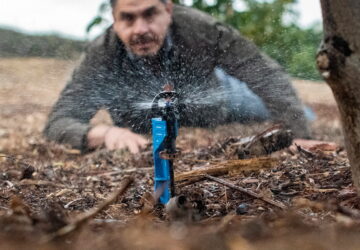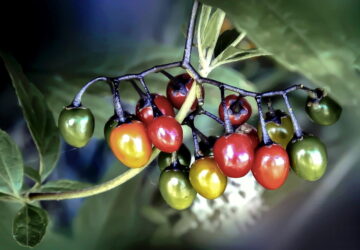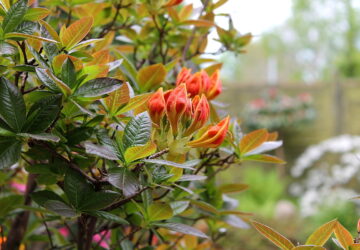As the holiday season approaches, the scent of fresh pine fills the air, and families embark on the cherished tradition of selecting the perfect Christmas tree. Among the myriad choices, four pine varieties stand out for their popularity and unique characteristics. Additionally, we’ll introduce a surprising fifth choice that might just become your new holiday favorite.

1. Balsam Fir (Abies balsamea)
Positive Features: Balsam fir is a favorite among Christmas tree enthusiasts for its classic pyramid shape, dark green needles and pleasant fragrance. Its branches are sturdy, making it an excellent choice for hanging ornaments. The needles are soft to the touch, and the tree retains its needles well, ensuring a long-lasting holiday display.
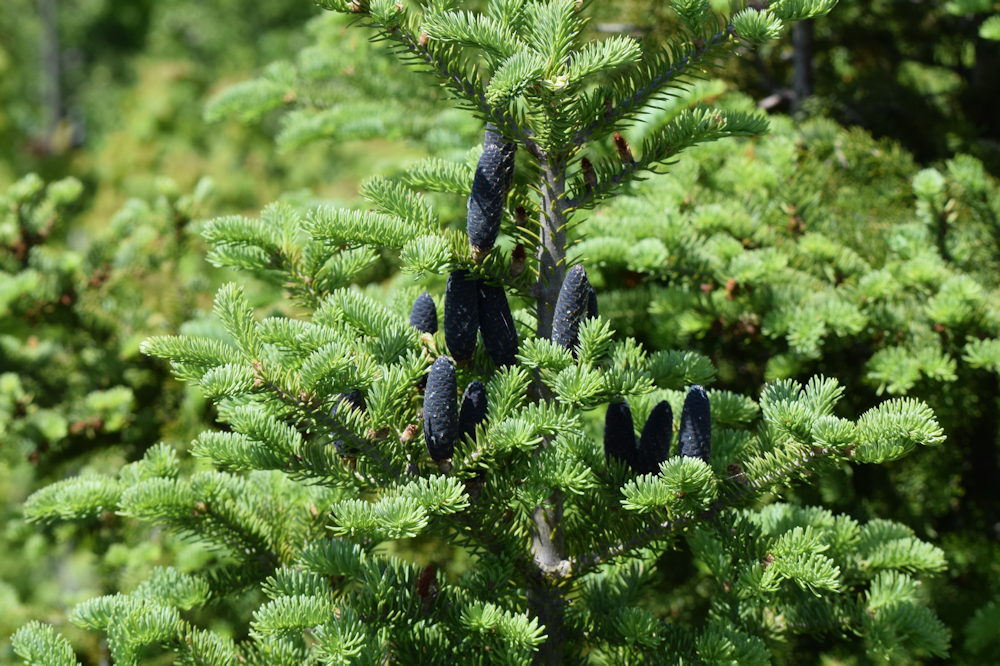
Disadvantages: While balsam fir is loved for its aesthetic appeal, it may not be the best option for households with shedding concerns. Some individuals also note that its needles can be prickly, requiring caution when decorating or handling.
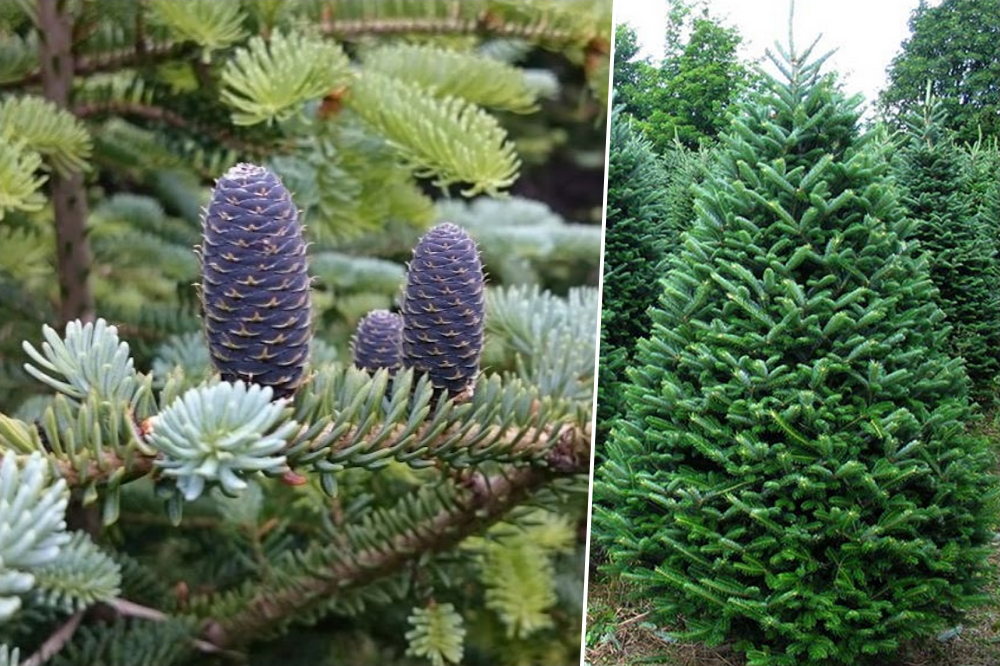
2. Fraser Fir (Abies fraseri)
Positive Features: The Fraser fir is renowned for its attractive silverish-green needles and excellent needle retention. Its compact shape and strong branches make it an ideal candidate for showcasing a plethora of ornaments. Moreover, Fraser firs emit a pleasant fragrance that enhances the festive ambiance in any home.

Disadvantages: Despite its many merits, Fraser firs can be on the pricier side. Additionally, some may find its branches a bit too stiff for larger or heavier ornaments.
3. Scotch Pine (Pinus sylvestris)
Positive Features: Known for its distinctive orange-brown bark and bright green needles, Scotch pine is a classic choice for Christmas celebrations. It boasts excellent needle retention and is favored for its robust branches, capable of supporting heavier decorations. This pine species is often more budget-friendly than some of its counterparts.

Disadvantages: One drawback of the Scotch pine is that its needles can be sharp, potentially causing discomfort when touched. Additionally, the scent may not be as strong as that of other pine varieties.
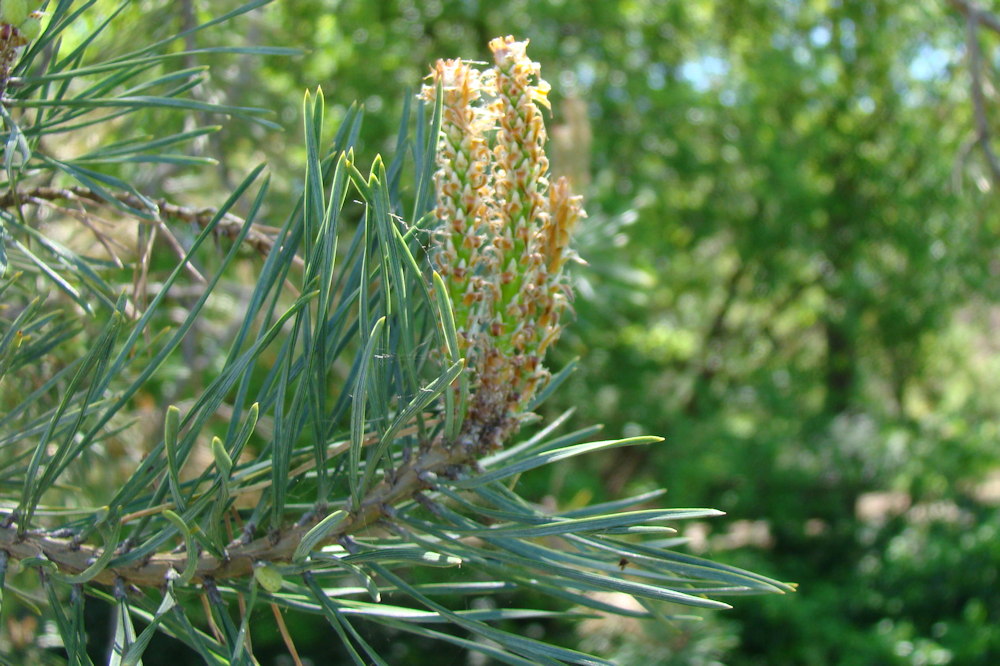
4. Norway Spruce (Picea abies)
Positive Features: The Norway spruce, with its elegant, drooping branches and dark green needles, is a traditional favorite. It has a lovely, natural Christmas tree shape and emits a delightful fragrance that captures the spirit of the season. Norway spruces are often chosen for their affordability and vibrant appearance.
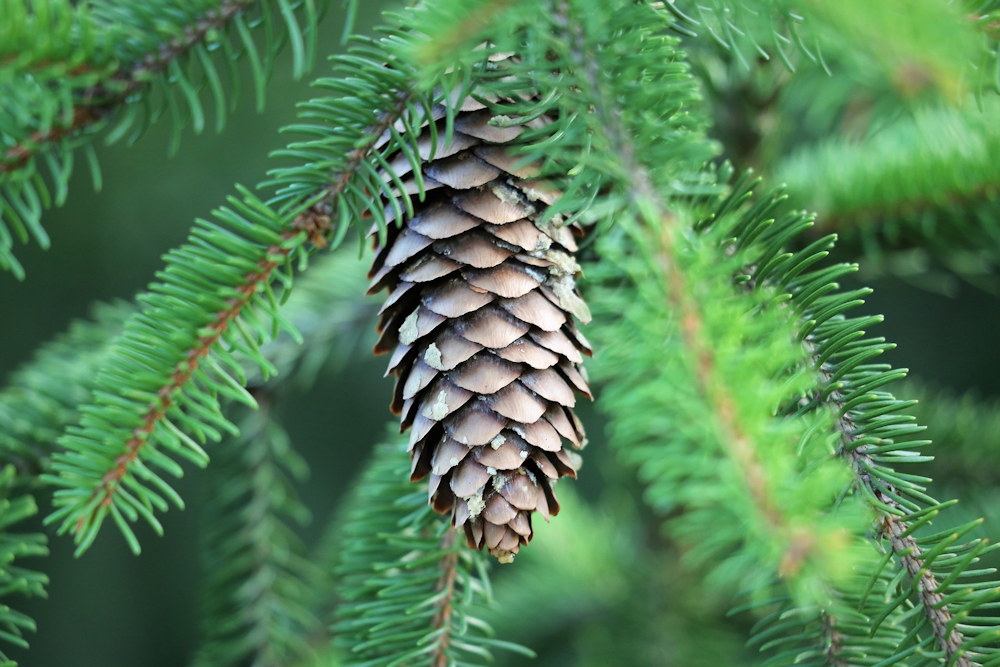
Disadvantages: This species tends to shed needles more quickly than some other options, which can be a consideration for those looking to keep their trees pristine throughout the holiday season.
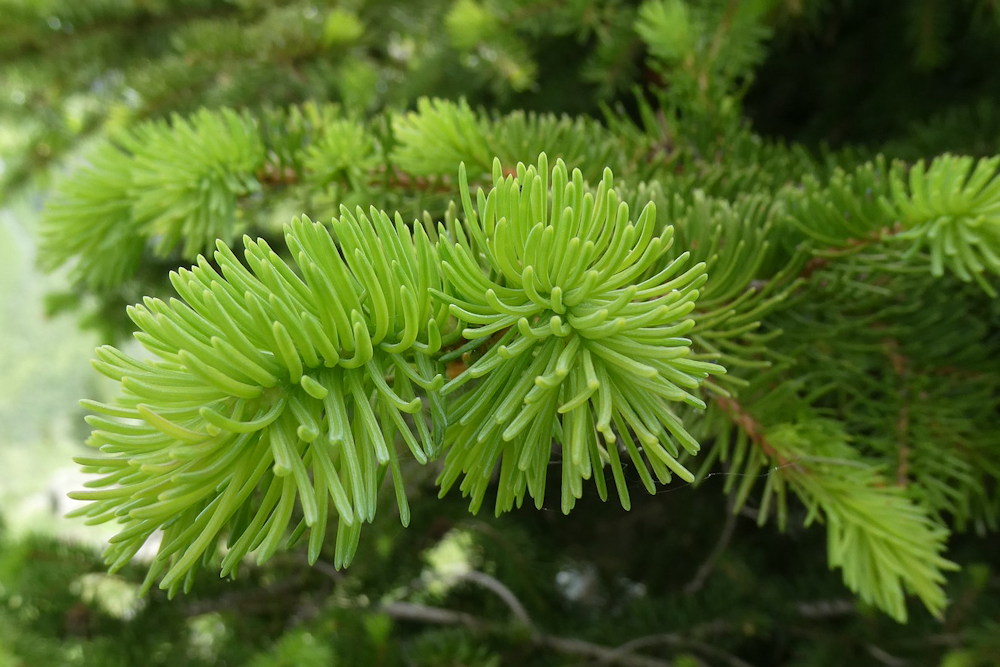
5. Unexpected Gem: Eastern Red Cedar (Juniperus virginiana)
Positive Features: Breaking away from the traditional pine options, the Eastern red cedar offers a unique twist to Christmas tree choices. With its vibrant green foliage and compact, conical shape, it exudes a charming rustic appeal. Eastern red cedars are praised for their natural aroma, reminiscent of cedarwood, adding a refreshing scent to your festive atmosphere.
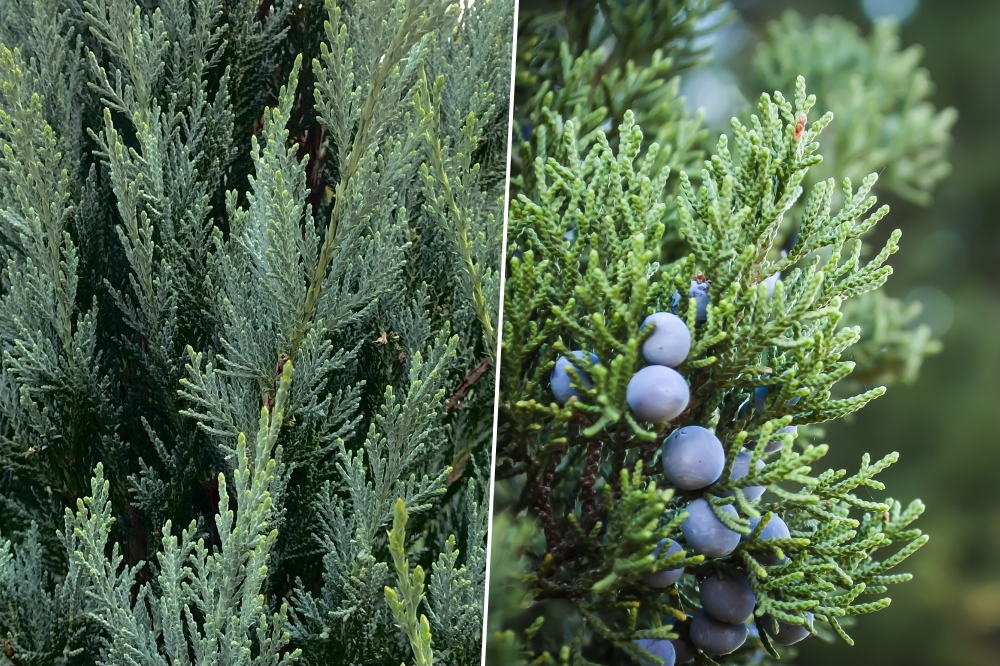
Disadvantages: One drawback is that the branches may not be as sturdy as those of other choices, so lighter ornaments are recommended. Additionally, some individuals may be sensitive to the cedar scent, so it’s wise to consider personal preferences.
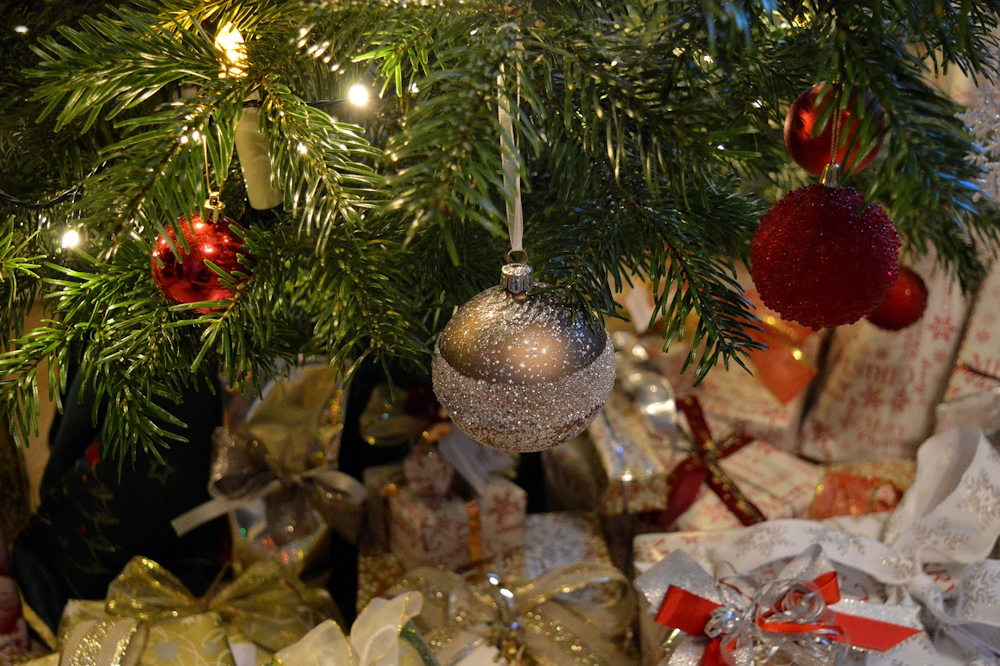
As you embark on the delightful journey of choosing your Christmas tree, each of these pine varieties brings its own charm and character to your holiday festivities. Whether you opt for the classic balsam fir, the elegant Fraser fir, the budget-friendly Scotch pine, the traditional Norway spruce or the surprising Eastern red cedar, your choice is sure to become a centerpiece of joy and merriment during this magical season.
